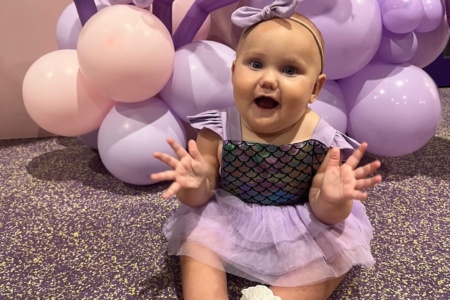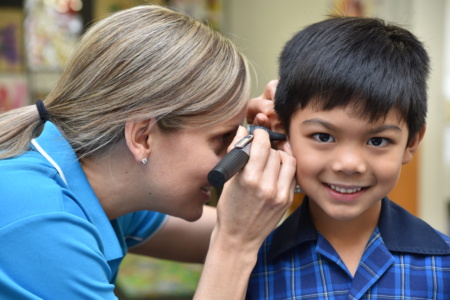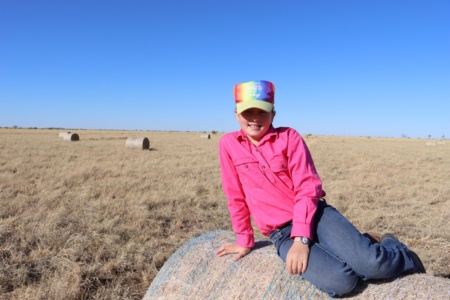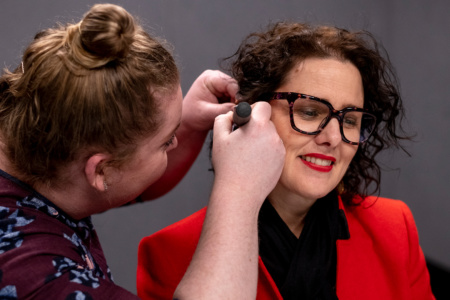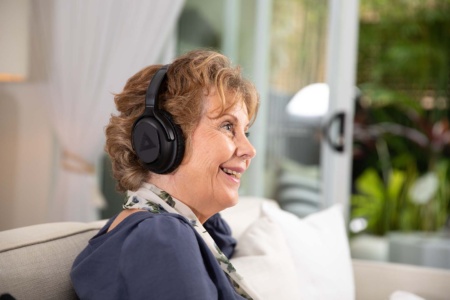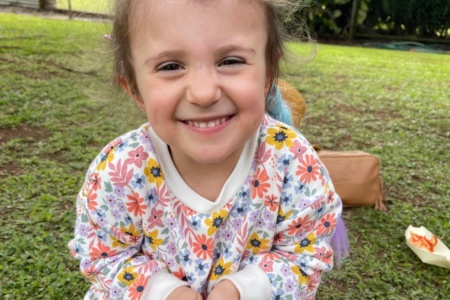In Queensland, free newborn hearing screening is offered to babies born across all public and private hospitals.
Hear and Say was among the many organisations who strongly campaigned for the introduction of universal newborn hearing screening, which came into effect in Queensland in 2004.
Delivered by Queensland Health, the Healthy Hearing Program works to ensure that any newborn hearing loss is picked up early, so that children can go on to reach their full speech and language potential.
If a newborn receives a “refer” result on their hearing screening, families can access free, follow-up diagnostic services through the Healthy Hearing Program. The program is offered by one of 13 paediatric audiology clinics across Queensland – including Hear and Say’s centre in Ashgrove, Brisbane.
Referred to Hear and Say? Here’s what’s next
A common cause for a baby’s refer result is fluid within the middle ears from the birthing process, which can take hours, days or even weeks to drain naturally. As such, a short lag between the date of the hospital screen and a follow-up diagnostic audiology assessment is purposefully put in place to allow for potential resolution of this issue.
For babies who are referred for testing on both ears on their newborn hearing screen – known as a bilateral refer result – Hear and Say will contact the family as soon as a referral is received to arrange a diagnostic appointment; this will be within two weeks of the initial screen. The quick turnaround helps to identify and diagnose any permanent hearing loss within the first few weeks of a baby’s life.
For babies who are referred for one ear – known as a unilateral refer result – an appointment is made within six weeks.
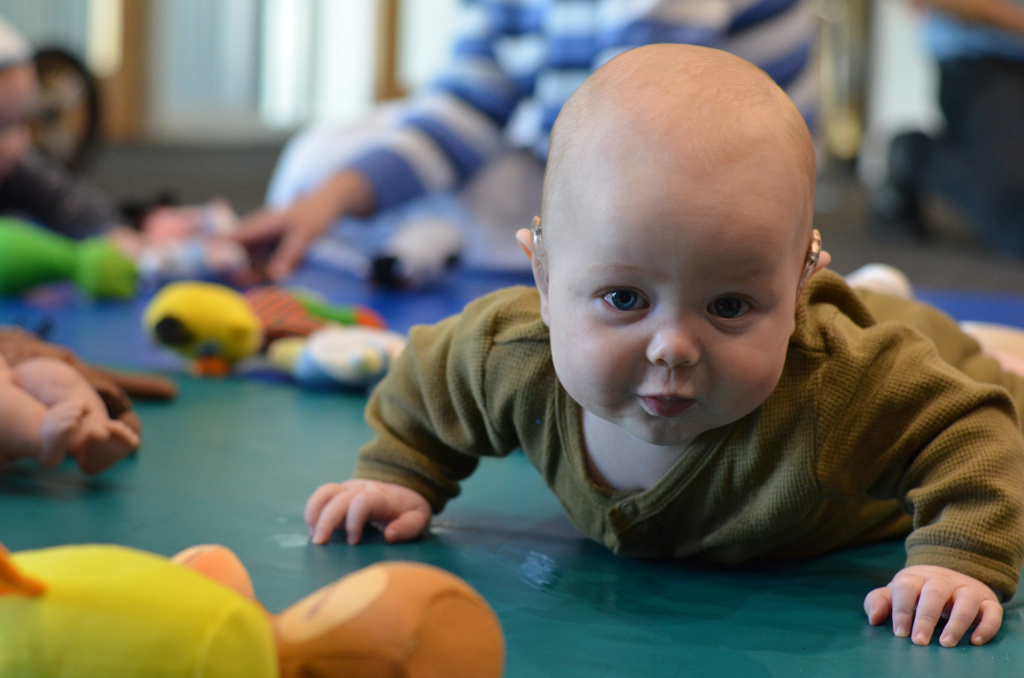
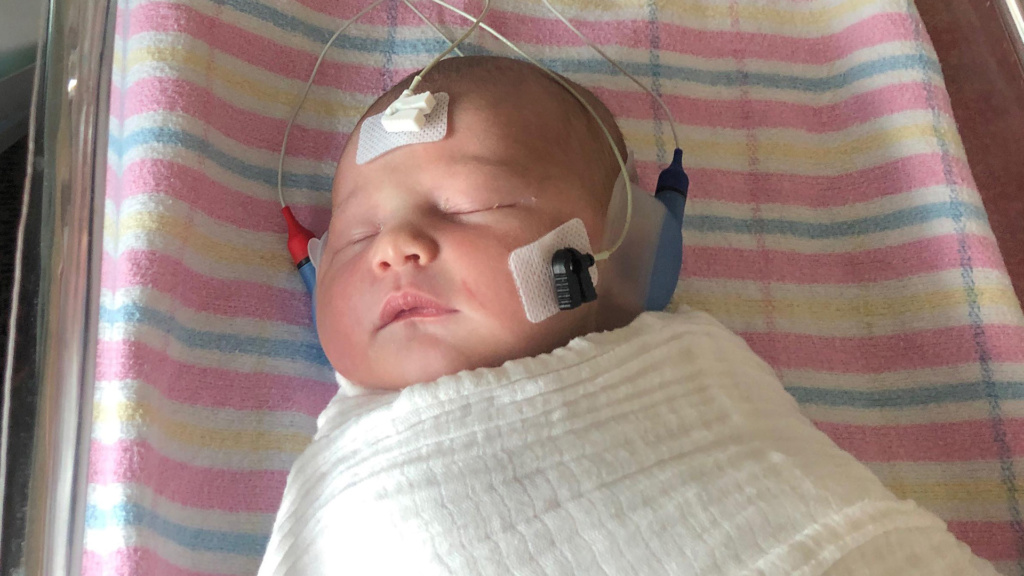
How do the hearing tests work?
When parents/carers and their baby attend for their diagnostic audiology appointment, a series of painless, comprehensive tests are undertaken to investigate any hearing loss. These assessments also identify the location of that hearing loss – for example, a hearing loss presenting from the cochlea versus a hearing loss from the nerve.
Babies are required to be asleep for these assessments, known as electrophysiological or Auditory Brainstem Response (ABR) testing, to successfully obtain results.
“This can prove to be no easy feat for families of a newborn, so we try to provide a relaxing, calm environment for this appointment without time pressures,” said Hear and Say Audiologist, Annika Buntine.
“Generally, the most successful tip to getting a baby to sleep is feeding them once they are settled into the appointment, during which time we can then apply four electrodes to the baby’s head which are necessary to conduct our assessment.
“Once the baby is asleep, a headphone is placed gently over the baby’s ear and stimuli is presented at varying volumes. Electrodes then pick up the response from the auditory nerve. Very strict criteria are set by the Healthy Hearing Program to ensure that we complete all necessary testing at varying levels of intensity.”
During this appointment, the baby’s middle ear status is also evaluated by performing otoscopy (visual check inside the ear) and tympanometry (assessing the movement of the eardrum).
Another test, which investigates the function of the cochlea (in particular, the thousands of hair cells which sit within this organ of hearing) is also performed. Any movement of the baby as well as external noise can interfere with results, which is why it’s important that the baby is asleep, settled and the environment itself is quiet.
“It’s of course very common for babies to not sleep, or to power nap during an appointment, and Hear and Say’s experienced team are highly skilled at troubleshooting along the way!” said Annika.
Where required, the aim is to provide babies with early access to hearing technology, for example hearing aids (by three months of age), followed by enrolment in an early intervention program (by six months of age).
Getting the hearing test results
If results at the initial audiology appointment suggest a hearing loss, the family will return to Hear and Say at least one or two more times to have these findings confirmed.
Upon confirmation, families are referred to additional specialists for further follow up, including:
- Ear, Nose and Throat (ENT) specialist, to investigate any potential medically-related cause of hearing loss
- Hearing aid audiologist at Hearing Australia, to investigate if amplification is appropriate
- Paediatrician
- The specialised Childhood Hearing Clinic at the Queensland Children’s Hospital
The vast majority of families who attend Hear and Say for their baby’s diagnostic testing will go on to enrol in our Early Intervention program, which supports children using hearing devices, such as hearing aids or cochlear implants, to listen and speak through highly specialised speech pathology.
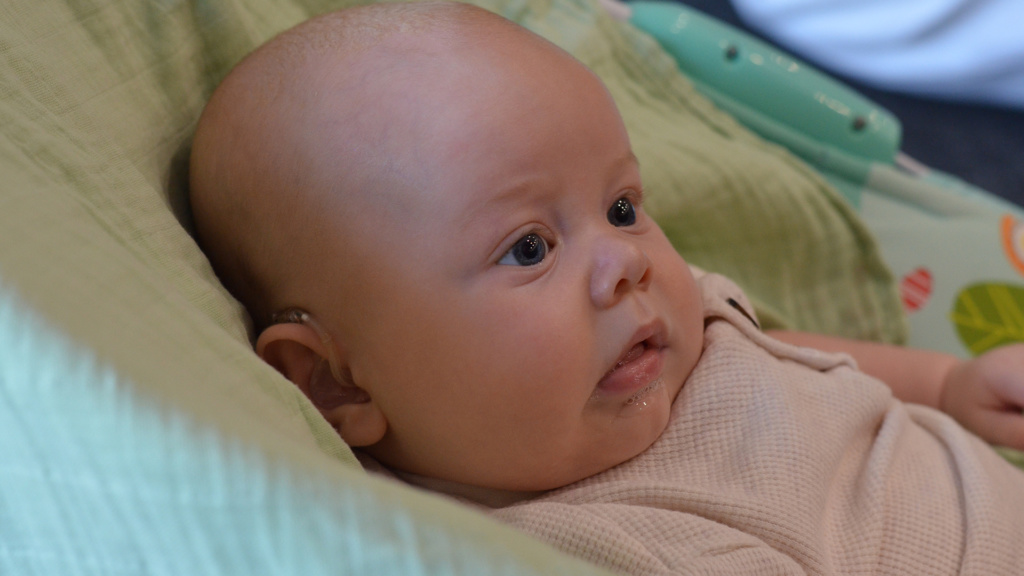
Still have questions? We'd love to hear from you.
Contact us
